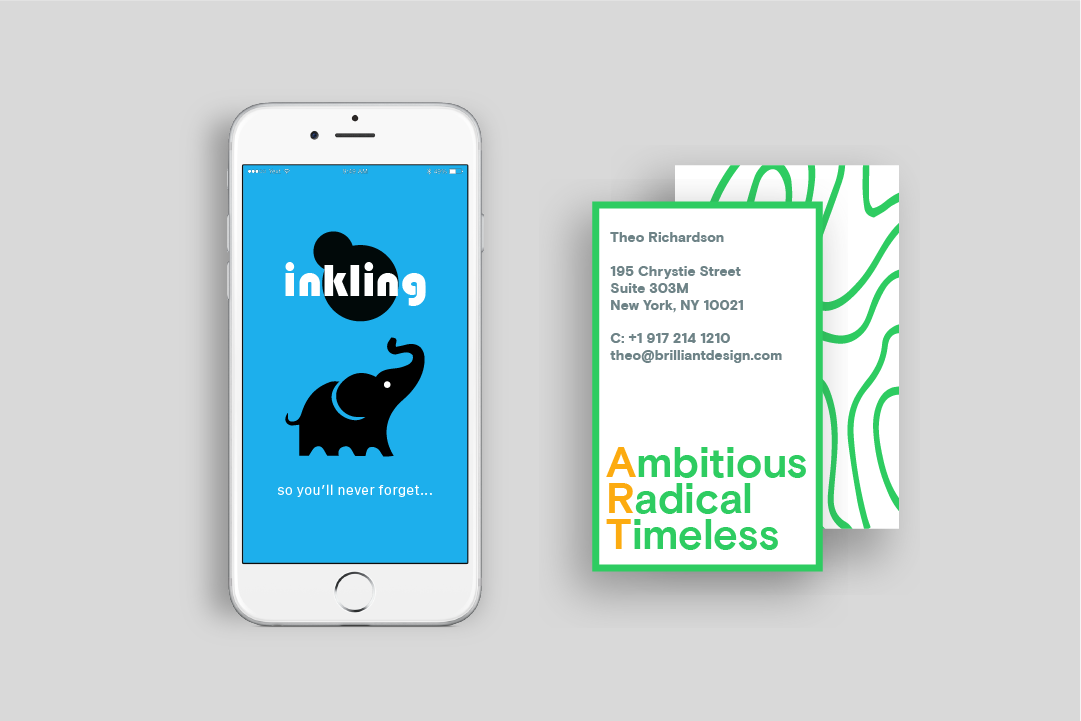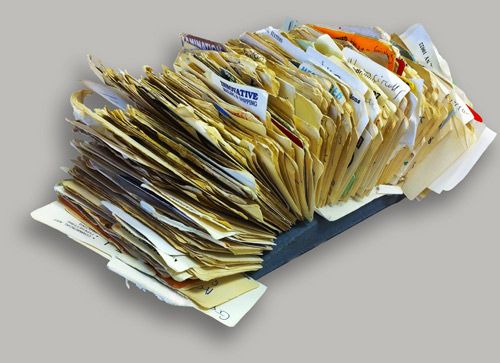
The Problem
Exchanging business cards is a sacred ritual that speaks volumes of our professional intentions. We spend hours designing THE card that has a touch of our personality and makes a good first impression. We love them the minute we get them and hate them the moment we boot CRM software or flip through the rolodex. Often we’d give up in the process and abandon the cards to collect dust, diminishing the value of networking. Or yet, do you remember running to a very important meeting only to realize that you've forgotten the business cards? After accidentally misplacing a couple of very important contacts, I thought there must be a better way!

